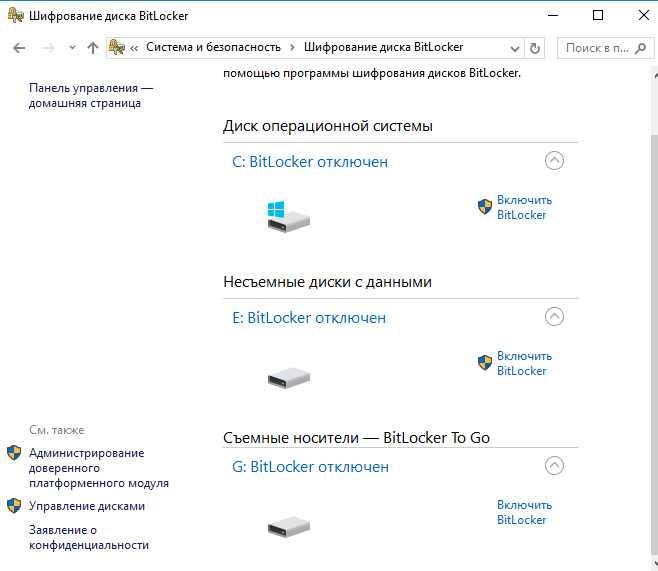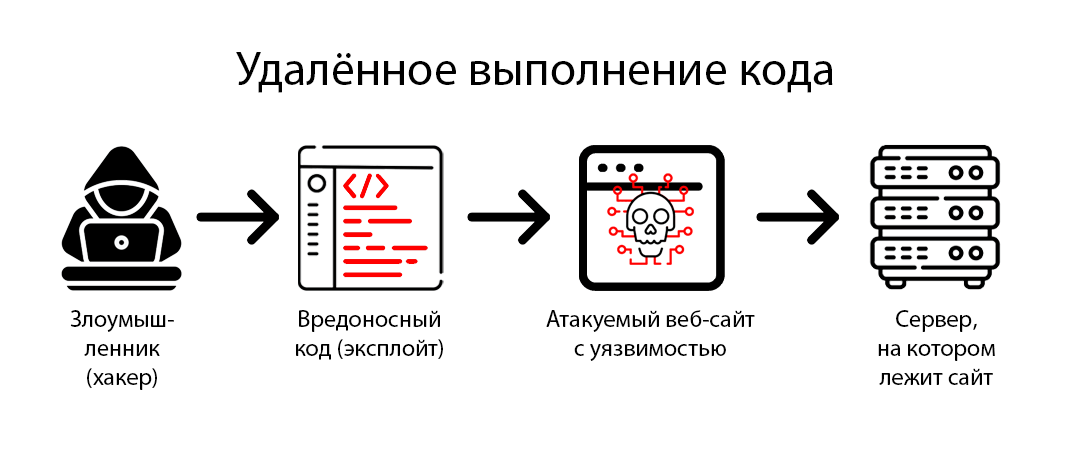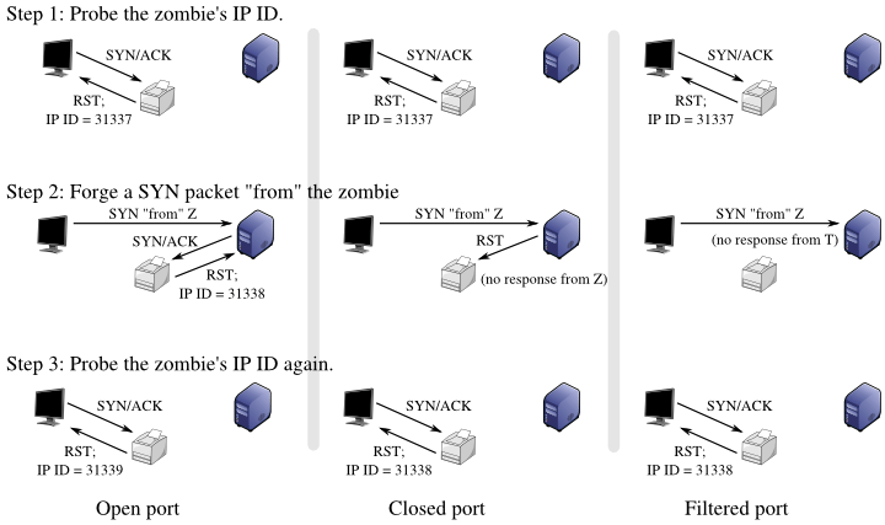How to Limit the Maximum Number of SSH Sessions?
SSH (Secure Shell) is a protocol for remotely managing a computer or server over the internet. Sometimes it is necessary to limit the number of simultaneous SSH sessions for security and server optimization. In this article, we’ll look at how to limit the maximum number of SSH sessions on a server.
Why Limit the Number of SSH Sessions?
Limiting the number of simultaneous SSH sessions is necessary to prevent potential attacks on the server, as well as for ease of administration. The fewer sessions there are, the more difficult it is for attackers to penetrate the server and perform various manipulations.
How to Limit the Number of SSH Sessions?
There are several ways to limit the maximum number of SSH sessions on a server. Let’s look at the most common ones:
MaxSessionsin thesshd_configfile- Using
PAM(Pluggable Authentication Modules)
MaxSessions in the sshd_config File
One way to limit the number of SSH sessions is to use the MaxSessions parameter in the SSH server configuration file sshd_config. To do this, open the sshd_config file with a text editor and add the following line:
MaxSessions 10
Where 10 is the maximum number of simultaneous SSH sessions. After making changes, you need to restart the SSH service to apply the settings.
Using PAM
For more flexible management of the number of SSH sessions, you can use PAM. To do this, you need to configure the pam-limits.so module in the /etc/pam.d/sshd file. Add the following line to the end of the sshd file:
session required pam_limits.so
This method allows you to more flexibly configure restrictions on the number of simultaneous sessions. After making changes, you need to restart the SSH service to apply the settings.
Conclusion
Limiting the number of SSH sessions is an important step towards ensuring server security. Choose the appropriate way to limit the number of simultaneous sessions depending on the requirements of your server and security settings. Follow the instructions above and ensure the security of your server!





